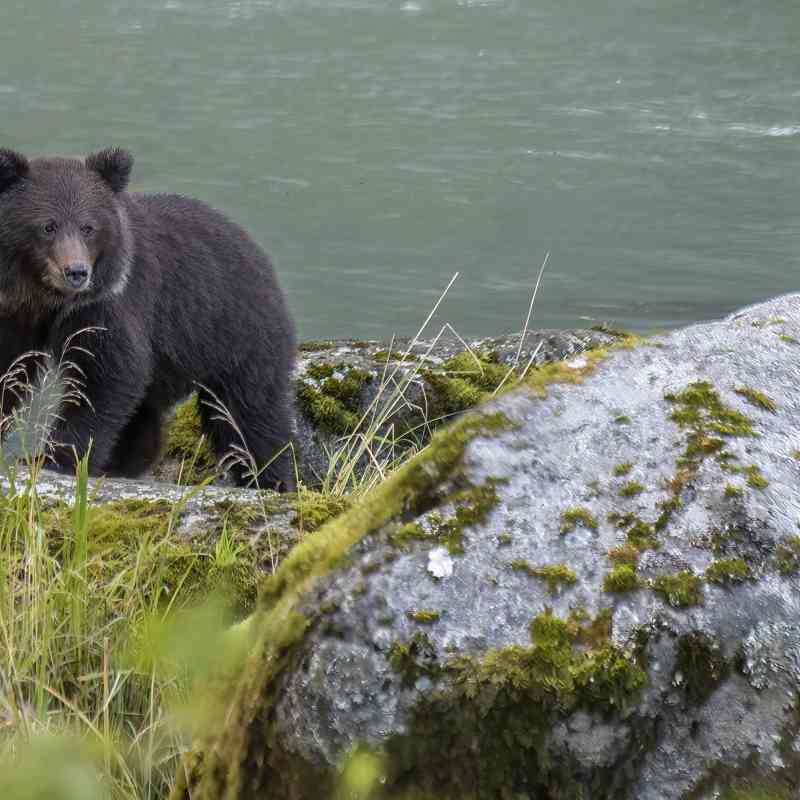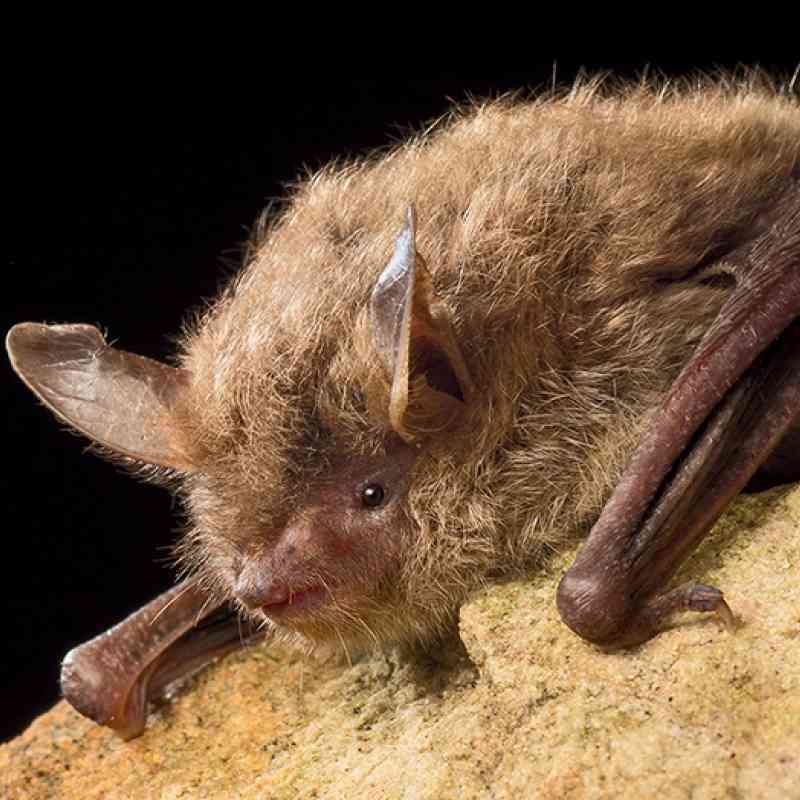All eyes are on Montana and Idaho as states take over wolf management
WASHINGTON, D.C. (05/04/2011) -The U.S. Department of the Interior announced today that it will be issuing a final rule to remove protections for gray wolves in the Northern Rockies. Prompted by a provision tacked on by Congress to the latest must-pass budget bill, the Interior Department will be publishing tomorrow the same 2009 delisting rule that was struck down by a federal court in August. The rule will return management authority over wolves to the states of Idaho, Montana, Oregon, Washington and Utah, while retaining federal control in Wyoming until an adequate state management plan is developed.
The following is a statement from Rodger Schlickeisen, president of Defenders of Wildlife:
“While today’s announcement comes as no surprise, the action taken by Congress and the Obama administration last month to strip federal protections for wolves was unwarranted and extremely disappointing. It has undermined our nation’s commitment to good stewardship and sets a terrible precedent for side-stepping America’s bedrock environmental laws whenever it’s politically convenient to do so.
“However, wolves can still have a bright future in the Northern Rockies if states manage them responsibly as they have promised in the past. The elected leaders of Montana and Idaho, in particular, continue to assert that their states know best how to manage wildlife. Now is their chance to prove it.
“While states resume primary management authority, it is also essential for the U.S. Fish and Wildlife Service to hold up its end of the bargain with rigorous monitoring of wolf populations. They must ensure that more than 15 years of hard work to restore the species is not undone by allowing states to drive populations down to unsustainable levels. Further, we call on the Interior Department to promptly convene a scientific advisory panel to evaluate current state management objectives and update them based on the best available science.”
The following is a statement from Suzanne Stone, Northern Rockies representative for Defenders of Wildlife:
“We will be watching closely over the next several months as Idaho and Montana gear up to manage wolves once again. Even though the vast majority of Americans still continue to support wolf recovery, it will be up to dedicated conservationists and wildlife enthusiasts in Idaho and Montana to hold their elected officials accountable for how they manage wolves. We must stand up to the anti-wolf extremists who want to turn back the clock and eradicate wolves once again.
“In the meantime, Defenders will continue our efforts to find ways for wolves, people, livestock and other wildlife to coexist. Wolves are vital to maintaining healthy, balanced ecosystems and preserving some natural wildness in the West. If we work together, their recovery can continue to be one of the great American conservation success stories.”
Learn more about what Defenders is doing to protect wolves in the Northern Rockies
Read the announcement from the Interior Department
Contact(s):
John Motsinger, 202-772-0288Defenders of Wildlife is celebrating 75 years of protecting all native animals and plants in their natural communities. With a nationwide network of nearly 2.2 million members and activists, Defenders of Wildlife is a leading advocate for innovative solutions to safeguard our wildlife heritage for generations to come. For more information, visit defenders.org/newsroom and follow us on Twitter @Defenders.

